Dry areas around trees
hilltop_gw
9 years ago
Related Stories

GARDENING GUIDESYes, You Can Grow an Edible Garden on a Hot, Dry Site
Difficult garden spots don’t need to deter you from planting trees, herbs and other delicious food plants
Full Story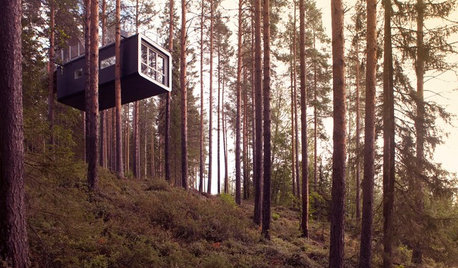
TRAVEL BY DESIGN11 Amazing Home-Away-From-Home Tree Houses Around the World
Go climb a tree — and spend the night. Tree house hotels and lodges are booming as exotic vacation alternatives
Full Story
HOUZZ TOURSHouzz Tour: Up and Out Around a Heritage Tree
A Texas ranch house gets a modern makeover and a two-story addition that wraps around a protected backyard elm
Full Story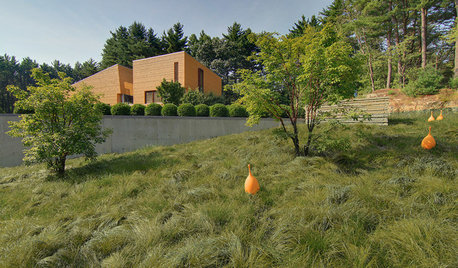
FLOWERS AND PLANTSCarex Pensylvanica Fills the Void in Dry Shade Gardens
Plant Pennsylvania sedge in eastern U.S. woodlands or dry shade gardens for spring flowers and softly textured bright green leaves
Full Story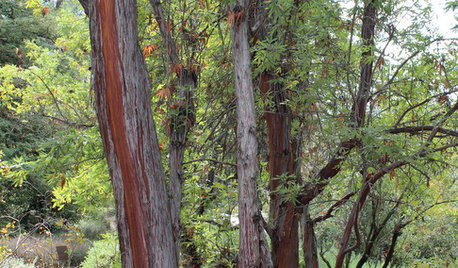
LANDSCAPE DESIGNGreat Design Plant: Catalina Ironwood, a Tree for Antiquity
Peeling bark gives this tree an antique look, but its low water needs are perfect for drought-prone areas today
Full Story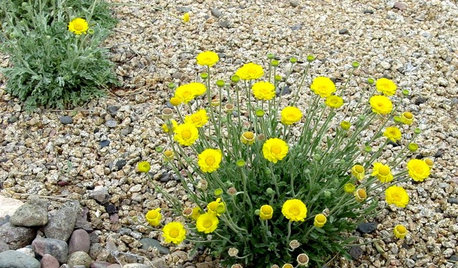
GARDENING GUIDESGreat Design Plant: Desert Marigold Cheers Up Hot, Dry Areas
Sunny but tough, this perennial thrives with little water and lots of sun
Full Story
LANDSCAPE DESIGNDitch the Ordinary Ditch: Create a Realistic Dry Creek Bed
Here’s how to turn your water runoff system into an eye-catching accent for your landscape
Full Story
SIDE YARD IDEASNarrow Trees for Tight Garden Spaces
Boost interest in a side yard or another space-challenged area with the fragrance and color of these columnar trees
Full Story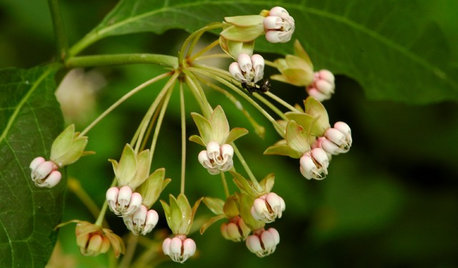
GARDENING GUIDES5 Unsung Wildflowers That Thrive in Dry Shade
Turn shady problem spots into garden idylls with with these prolific, easy-care bloomers
Full Story
GARDENING GUIDESGardening Solutions for Dry, Sandy Soils
Has your desert or beachy site withered your gardening creativity? Try these ideas for a beautiful, easy-care landscape
Full StoryMore Discussions











ken_adrian Adrian MI cold Z5
hilltop_gwOriginal Author
Related Professionals
New Bedford Landscape Architects & Landscape Designers · La Marque Landscape Architects & Landscape Designers · Mount Wilson Landscape Architects & Landscape Designers · McKinney Landscape Contractors · Wilmington Landscape Contractors · Aberdeen Landscape Contractors · Fort Myers Landscape Contractors · New Brighton Landscape Contractors · Bainbridge Island Decks, Patios & Outdoor Enclosures · Frederick Decks, Patios & Outdoor Enclosures · Jeffersonville Decks, Patios & Outdoor Enclosures · Lockport Decks, Patios & Outdoor Enclosures · Woodstock Decks, Patios & Outdoor Enclosures · Bedford Swimming Pool Builders · Lake Forest Swimming Pool Builderstanowicki
Saypoint zone 6 CT
Yardvaark
Saypoint zone 6 CT
ken_adrian Adrian MI cold Z5
hilltop_gwOriginal Author
hilltop_gwOriginal Author
hilltop_gwOriginal Author
nandina
hilltop_gwOriginal Author